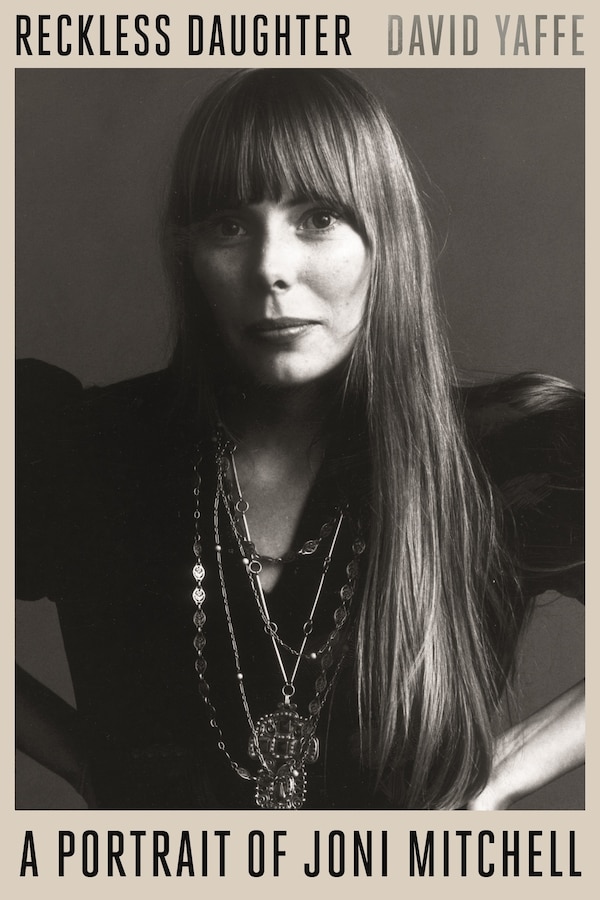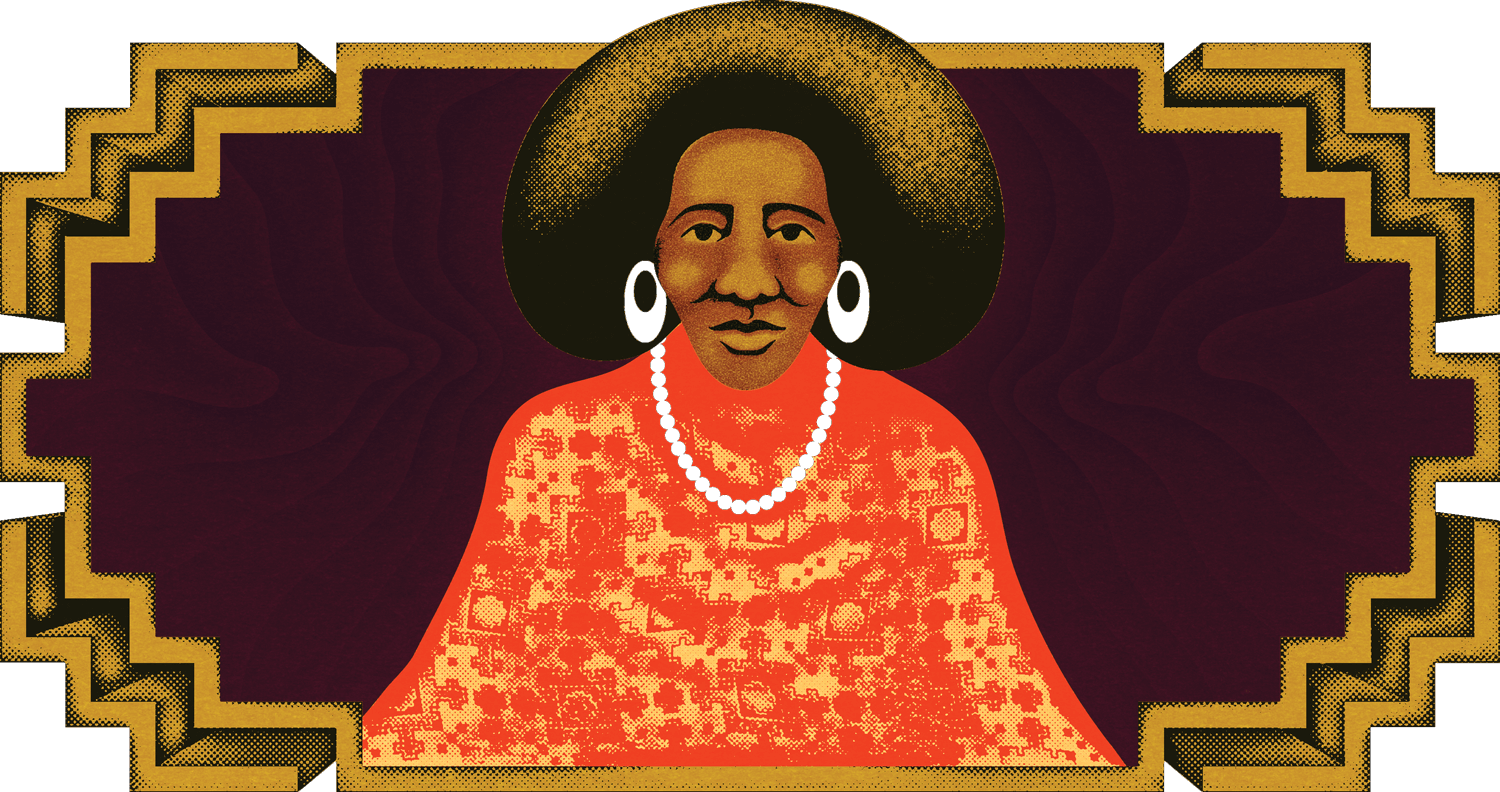Reckless Daughter: A Portrait of Joni Mitchell

In an excerpt from his new book, David Yaffe depicts the personal and musical circumstances leading to Mitchell’s Hejira album
In March 1976, shortly after Joni went home following the aborted Hissing of Summer Lawns tour, she left LA on a road trip with two male companions –an Australian ex-lover and a young flight attendant who would inspire “A Strange Boy.” The idea was cooked up on the beach at Neil Young’s house. The destination was to be Damariscotta, Maine, to save her ex-boyfriend’s daughter from his in-laws. Surely, the way to forget her ex-boyfriend troubles was to travel with another ex-boyfriend and another man destined to be a romance with a built-in expiration date. She was still on coke when she called Robben Ford, her guitarist from both tours and The Hissing of Summer Lawns, who must have still been reeling from the canceled tour. “Hey, Robben, I’m gonna be in Boulder,” she told him. “Great, come on by,” he said. Why the hell not? He had crashed with her before in LA when she had recently moved into her Bel-Air sanctuary. When she wasn’t having a breakdown, Joni was a blast. Besides, he had something to share with her that he knew she would dig – an advance copy of the bass player Jaco Pastorius’s eponymous debut album, released by Epic in 1976.
This was anything but a casual recommendation, in a cultural moment when a recording couldn’t be shared just anywhere, and when certain releases, even on major labels, could remain unknown. At the time of release, most people in the music world hadn’t heard of Pastorius, but they had heard of the other musicians playing with him, including Herbie Hancock, Wayne Shorter, Michael Brecker, and even a reunited Sam and Dave on one track. And once they did hear it, word spread fast. Most electric bassists in 1976 were just keeping time or slapping in the funk style of that moment. Pastorius seemed to come out of nowhere to make every electric bass player rethink their game – really, rethink their lives. “If Charlie Parker Was a Gunslinger, There’d Be a Whole Lot of Dead Copycats,” went the provocative title of a composition by the great Charles Mingus, who would enter Joni’s orbit a couple of years later. Pastorius would leave a lot of copycats in his wake, too. Pastorius made the electric bass sing, and in a range never imagined by other players, playing the notes, using the rhythms, and leaving the spaces that Joni was yearning for and demanding of other players without success.
For Joni, Robben Ford played Pastorius’s solo bass ballad “Portrait of Tracy,” which is played with an extravagant and idiosyncratic use of harmonics, the high end of the instrument no bass player of record had explored in that sort of depth at all. The song sounds like a duo with a single player, with bass notes bringing in just enough support for the acrobatics on the high end. Never had such sublime treble emanated from a bass guitar. It was as if a baritone began singing soprano. Pastorius ripped the frets off a bass guitar in an attempt to combine the volume of an electric instrument with the freedom of an upright. He wasn’t the first fretless bass player – Bill Wyman of the Stones, Jack Bruce of Cream, Rick Danko of the Band, and John Paul Jones of Led Zeppelin all preceded him – but he was its first virtuoso. Pastorius compared frets to speed bumps. He had to vandalize the instrument to isolate these notes. The sound that resulted was something entirely new, as if he had found hidden beauty in an instrument that was not made for this range at all. And he kept time with such precision, he could do all these other inventive flourishes while never forgetting the pulse.
Some of the most audacious innovators look outside of what an instrument is even built to do. Charlie Parker was known to have practiced from a violin book. John Coltrane played out of a harp book, trying to make a tenor saxophone play in a single note what the most ornately chordal instrument would play in cascading notes; attempting to make a tenor saxophone play harp chords – to play fast enough, the chords would somehow congeal – Coltrane brought the instrument beyond its intended function. “Portrait of Tracy” was a track that made many players rack their brains and wonder how Pastorius did what he did, especially on a ballad, as emotionally deep as it was innovative. It took live performances to prove to skeptics that there was no studio trickery involved. He really was making those sounds all by himself – a bass way out of range and then back again. It would be an understatement to say that Pastorius – who proclaimed “I’m the baddest” so often it should have been on his tombstone – was not a humble man; these Promethean adventures on the instrument showed the reasons.
Joni said that he sounded like she had dreamed him up. She had always yearned for a bass player who approached the instrument as someone who could go all the way up to her soprano range. Max Bennett, who was a superb accompanist, bristled at some of the audacious things Joni was asking for. Even if, years later, Joni listened back to her work with Max Bennett, from Court and Spark (“Trouble Child”) to Hejira, and realized that he was right to put his foot down, with Pastorius, she heard a kindred spirit, someone who took an instrument – the bass guitar – and remade it, as radically as Charlie Parker remade the alto sax or as Jimi Hendrix remade the electric guitar. Joni learned that this guy was in Miami, playing gigs with Bob Hope and Phyllis Diller. The next time she was in a studio, she’d have to bring him out.
But she hadn’t written all the songs for the next album yet, and in those peripatetic months, she would clock as much time on the road as she would have on the tour she’d escaped, except without limos, private jets, an entourage, and paying customers lined up to see her. She’d be in the company of whoever she felt like being around – certainly not John Guerin, at least not until things had cooled down and she would be back in the studio, where she trusted him to play drums as only he could.
Her itinerary was exhausting. She had escaped her tour, and she would keep escaping. Cocaine kept the energy and confidence brimming, and would be part of what kept some songs going – the proliferating verses of “Song for Sharon,” in particular. That song had ten verses with no chorus or bridge, an act of audacity, perhaps, except that one could not imagine the song any other way. Joni took chances when she was on cocaine, but then again, she had been taking chances all along. The giddy song-speak was written on coke; so was the associative “Don Juan’s Reckless Daughter” and the loquacious “Talk to Me.” Joni had been giddy, associative, and loquacious before, but her ambition was now even more magnified. The romantic sweep of so many of her songs, from “Both Sides, Now” to “Sweet Bird” (and, later, on “Amelia”), gave way to lines that accommodated conversational syllables from a woman, already a big talker, becoming a flagrantly bigger talker, “always talkin’,” as she put it, “chicken squawkin’.”
The breathy folksinger of the past was shoved aside, although not quite for good. She later often said that cocaine destroys the heart and that it was the greatest source of what’s wrong with pop music. This period of coke was, if not the essence, then certainly an essence of her work at this stage, but so was the sobriety that followed it. Indeed, when she needed to kick, that would be part of the journey, too. She took a drive to Maine, went solo, landed in New York City, got diverted to Florida, traveled incognito in the Deep South, then through the desert. When she got home, Hejira was ready to be recorded.
Excerpted from Reckless Daughter: A Portrait of Joni Mitchell by David Yaffe, published by Sarah Crichton Books, an imprint of Farrar, Straus and Giroux. Copyright © 2017 by David Yaffe. All rights reserved.
CAUTION: Users are warned that the Work appearing herein is protected under copyright laws and reproduction of the text, in any form for distribution is strictly prohibited. The right to reproduce or transfer the Work via any medium must be secured with the copyright owner.
Header image © Sarah Crichton Books / Farrar, Straus and Giroux / David Yaffe / Abby Kagan

